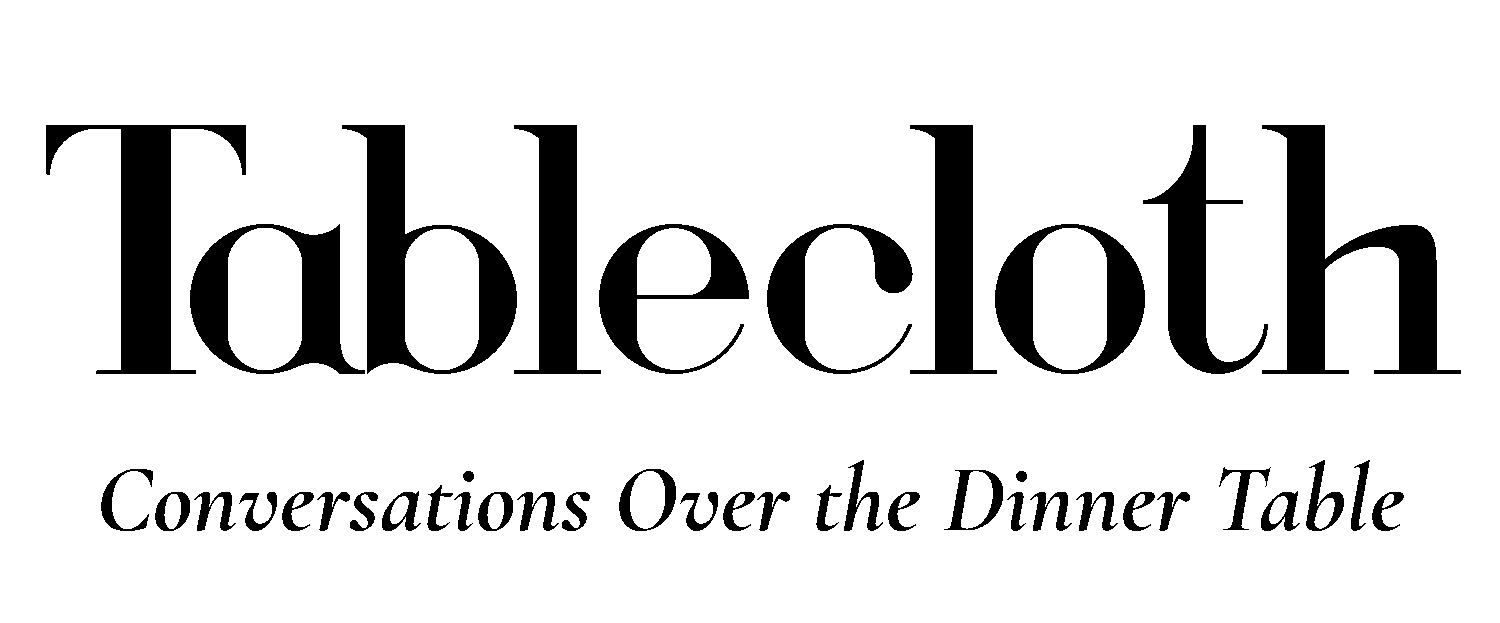Coffee culture varies from country to country, but one thing always stays the same: the pungent aroma of a fresh brew. We ground some beans and set off to discover how coffee has travelled around the world.
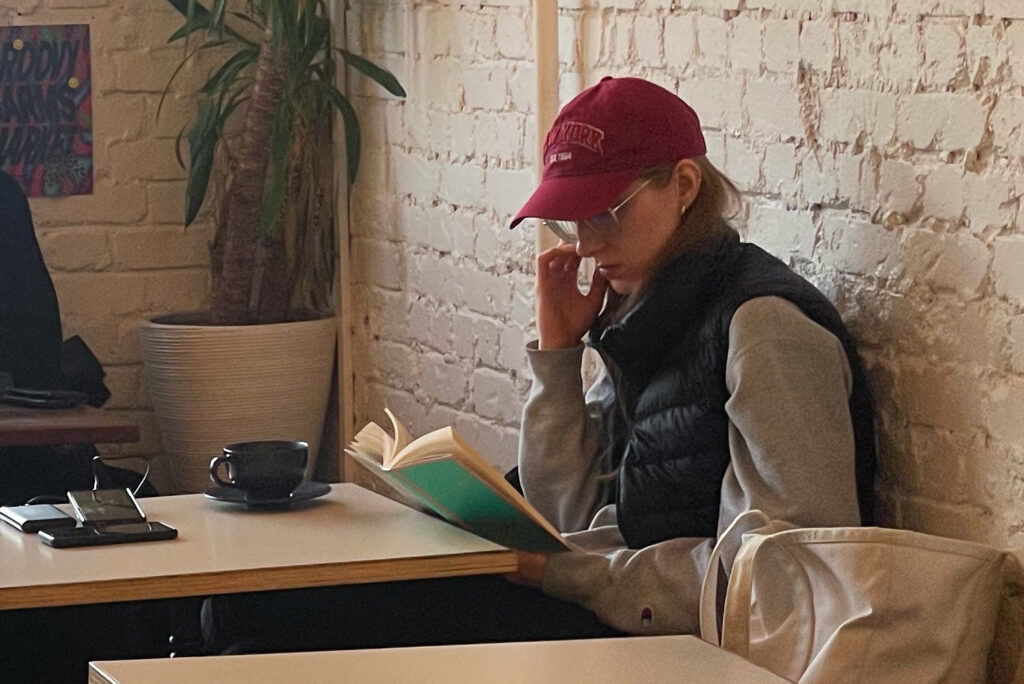
The origin of coffee is told in various interesting stories, a mixture of facts and fiction. This is because there is no real evidence of how coffee came about into the world. One anecdote is about an Ethiopian goat herder and monk who one night saw goats go wild after eating red berries in the forest. The monk, called Kaldi, experimented with the fruits and soon realised that these created a fragrant smell on a hot stove.
After boiling the roasted berries in hot water and drinking it, he tried to sleep but had a fantastic experience. His heart expanded and contracted. He sweated. He felt good.
The coffee beans became known as the mysterious fruit that helped the monks with their religious training by improving moods and preventing sleepiness. Since then, all monks have been drinking coffee whenever they pray at night.
The name of the village was Kaffa, which has transitioned into what we now call coffee. The first coffee trees were in Ethiopia’s forests and were later passed down to Yemen for cultivation. Coffee beans were exported to Egypt, Syria, and Turkey through a port in Yemen named Mocha. Here’s how the beans started their journey around the world.
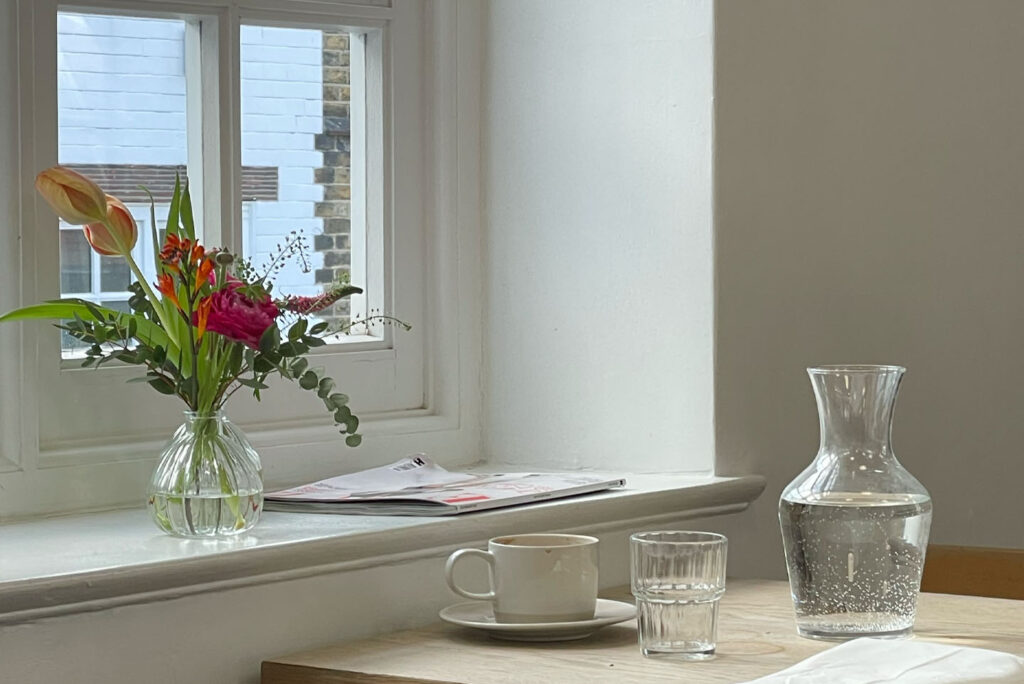
- The first coffee shop
In 1511, a new governor named Khair Beg was appointed to administer Mecca. People, were dissatisfied with how he governed, gathered and began to criticise him while sipping coffee together. The governor soon forbade coffee as he believed it made people drunk, disturbed the order of nature and led people to fall into pleasure. At that time, men were drinking coffee alongside a hookah – a tobacco pipe – after work and talking about politics. It was the world’s first coffee shop.
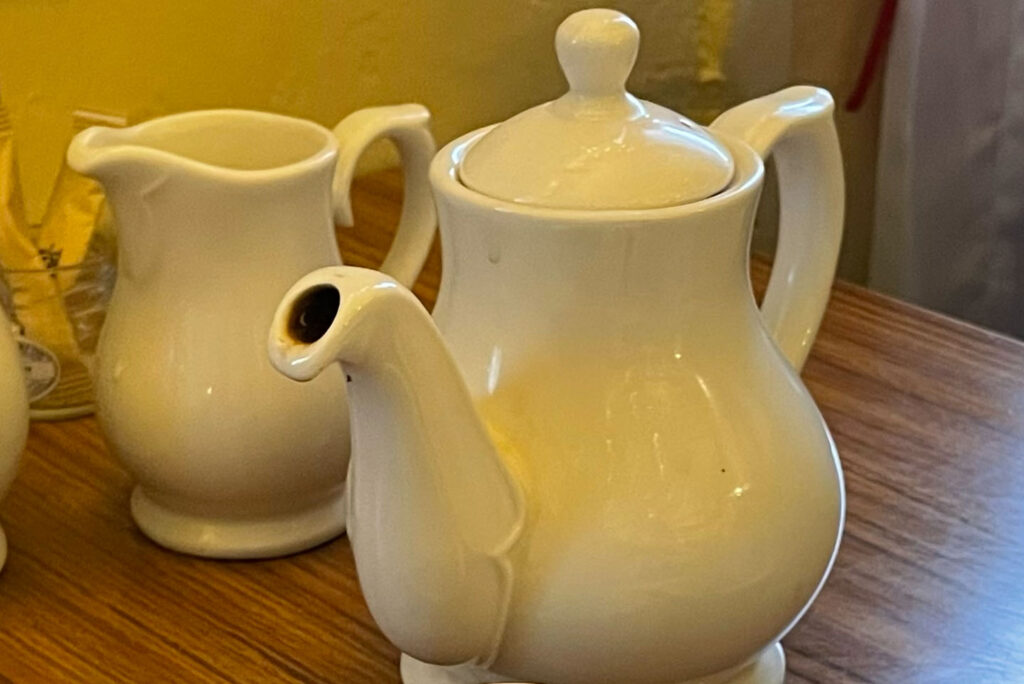
England
- ‘Penny university’
Perhaps now more famous for tea than coffee, but back in 1700, there were over 3,000 coffee houses in London alone. A typical coffee house was a place that functioned as a cultural centre where people from various fields and classes met to share opinions and discuss the issues of the day. Not surprisingly, coffee shops were also called ‘penny universities’ for the knowledge you could learn by spending relatively little money.
London’s first coffee house is said to have been started by Daniel Edwards and Pasqua Rosee who drank coffee from Smyrna, Turkey. Back in England, Edwards began to share coffee with his friends at his house. In 1652, his servant Pasqua rose opened the first coffee house in St. Louis, Cornhill.

- ‘The world’s best barista?’
Currently, various opportunities and programs are being operated in the UK to grow the coffee community. In May last year, Clarie Wallace won UK Barista Championship, and is set to represent the UK at the world coffee championships in Melbourne Australia, this September. As a head roaster of Assembly Coffee, she is preparing to represent the United Kingdom at the World Coffee Championships in Melbourne, Australia. You can experience her coffee in Brixton, London.
The Brit coffee maker who will be crowned this year, will represent the UK at the World Barista Competition in Athens, Greece, in June 2023.
If you want to see what coffee tastes like when it’s made by an award winner, you can visit Kiss the hippo, a coffee shop that won the contest twice, runs its thriving business with three branches in London which has won the barista contest twice and run their business with ethical coffee at its heat. They pay at least 50% higher than the fair-trade price to provide ethical and good quality organic coffee. You can up your own barista game: classes and events are regularly held in many areas of Britain for coffee lovers who enjoy opportunities to talk and experience coffee as a hobby; ‘Coffee tasting masterclass’. Eventbrite provides details and locations.

South Korea
- The Korean Coffee Wave
If you walk along the streets of Seoul, the capital of South Korea, cafés fill all sides of the street, including 1,750 Starbucks stores, making it the country that has the second most Starbucks in the world, according to a survey by the American data platform Knoema. Perhaps unsurprisingly, South Koreans consume 353 cups of coffee annually, ranking sixth in the world as coffee drinkers and are fans of iced Americano, in particular. There is a Korean slang called ‘Eoljukah’, which is short for ‘Iced Americano even if I freeze to death’. . “Iced Americano is the most ordered drink while running a café,” said Kim Soohyun, An Sungkyung who works as a barista in Gong-gan-da-ban-sa and Mega coffee in seoul. As of March 25, 2023, more than 30% of people who came the café ordered Iced Americano.
The Americano first appeared during World War II, when American soldiers felt the traditional Italian espresso was too strong for their taste and opted for a watered-down version. After liberation from the Japanese colonial era, Korea became an ally of the United States and quickly absorbed American culture, including their love of Americano’s. During the 1950 Korean War, instant coffee was introduced via the US. In the 1970s, it was possible to make Korea’s first instant coffee, bringing the popular drink to those who had previously been unable to afford it.
South Koreans have adapted the drink due to a sweltering summertime. However, it’s so popular that they drink it Iced even in the coldest winter. Cafés in South Korea are as popular as ever, ranging from study cafes where you can study and work with coffee to cafés where you can relax surrounded by upmarket interior design. Many venues in South Korea are trying to stand out from the crowded coffee market by creating specialised coffee shops that use high-quality technology to create exceptional drinks.

Italy
- Where Coffee Is Culture
It’s no understatement to say that Italians take their coffee very seriously. Italian Angelo Moriondo, the godfather of coffee, invented the first machine to extract espresso, the most common method in cafés today. The Italian government also said it plans to secure Italy’s intangible espresso the UNESCO cultural heritage status.
As such, coffee is an essential part of the cultural pride of Italians. In Italy, there are many bar-type cafés, and Italian still knock back a strong espresso at the bar before heading off to work. “Italians also drink latte or cappuccino in the morning because espresso is strong,” said Hyelin, a Korean who was born in Italy and came to England to study. One time, a barista scolded a visiting friend of hers for ordering espresso at a wrong time of the day.
Italy’s coffee-loving culture is so taken seriously that people would fight to protect it. In 2021, the University of Florence even launched a 9-month program to earn a master’s degree in coffee. The £2,600 course aims to form new coffee experts knowledgeable of cultivation contexts, coffee nutritional and biochemical characteristics, and the dynamics of its global trade.
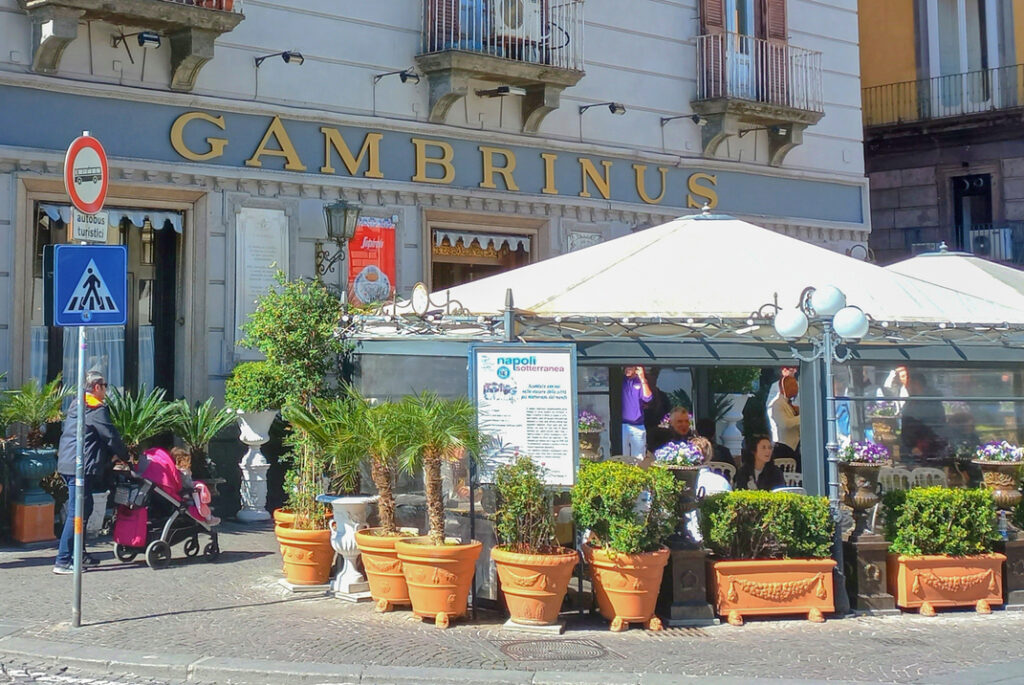
In Naples, the Gambrinus café is a historic building located in Trieste Trento Square. Founded in 1860 by Vincenzo Apuzzo, the bar even supplied desserts to the Royal palace throughout its 163-year history. It is the city’s oldest and most respected café and has been a meeting place for intellectuals and artists for centuries; it is branded as one of Italy’s top three literary cafés.
However, as coffee shops function as places to sit and talk for a long time these days, cafés in the form of sitting are now becoming more preferred to bar-type venues in Italy by Gen Z. In this way, coffee relates to each country’s culture and follows the gradually changing habits of different generations.
All images, Ⓒ hwiwoo min and simone.
